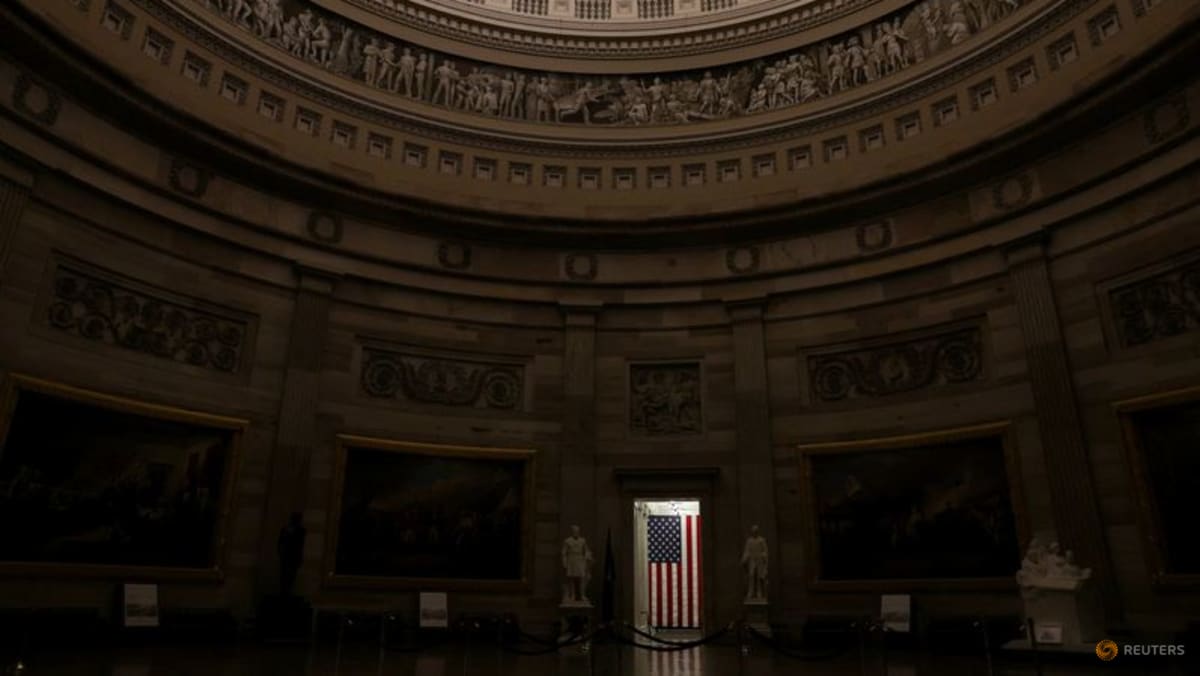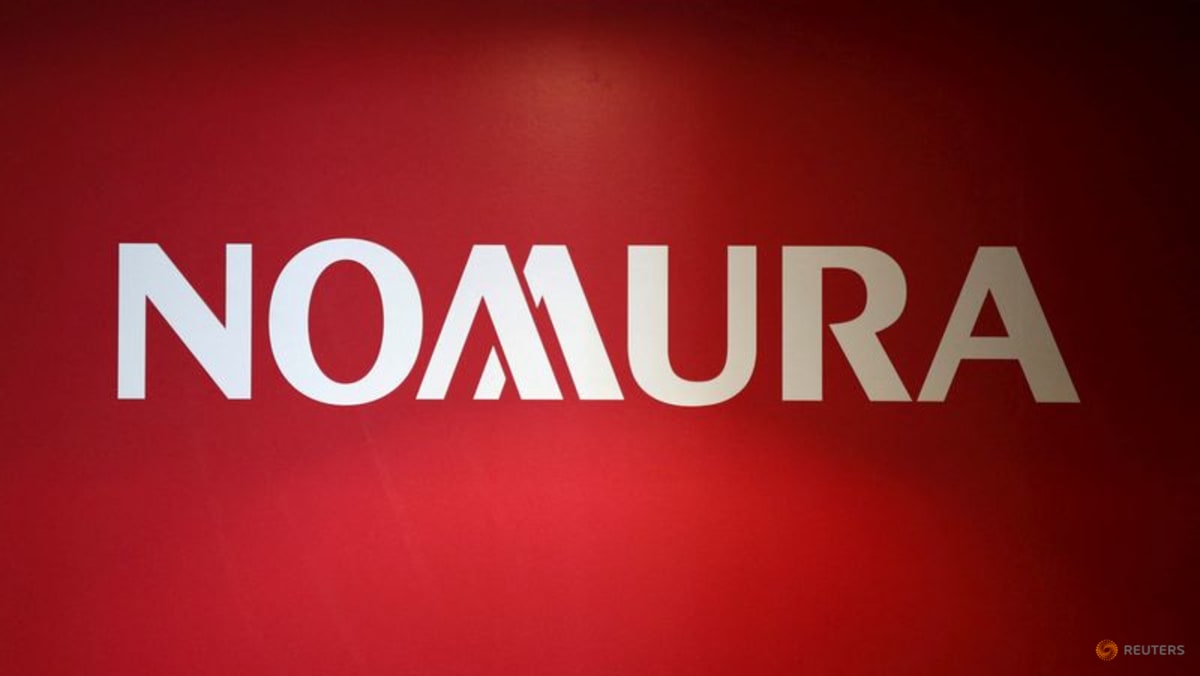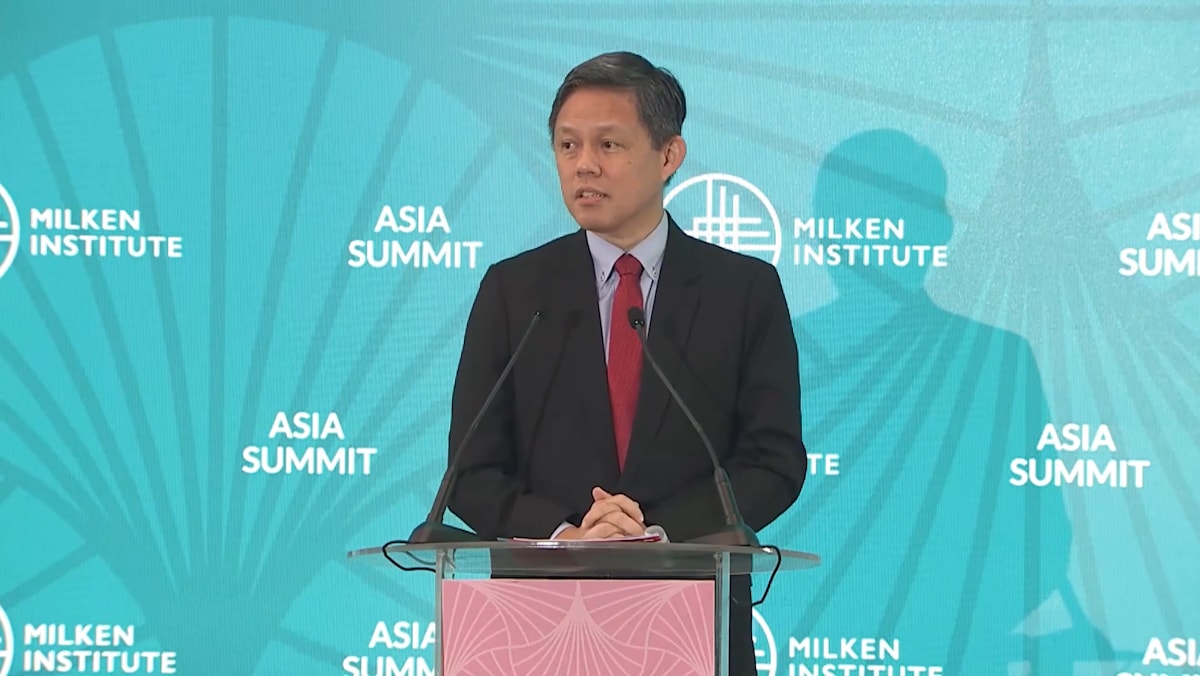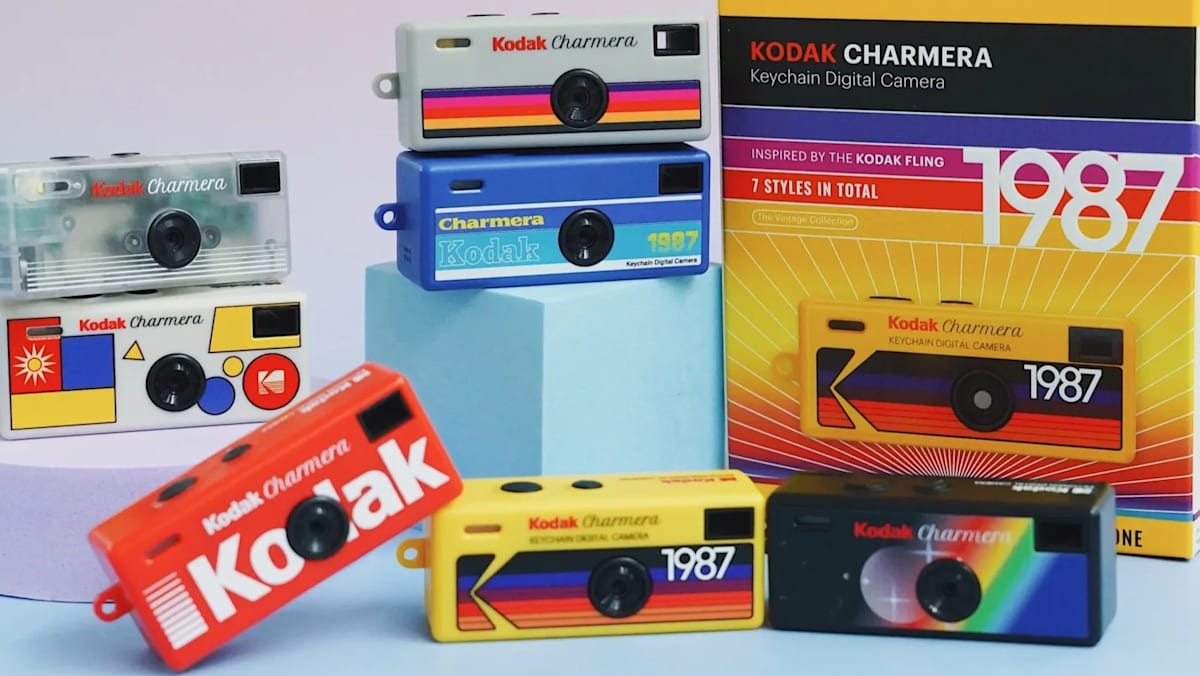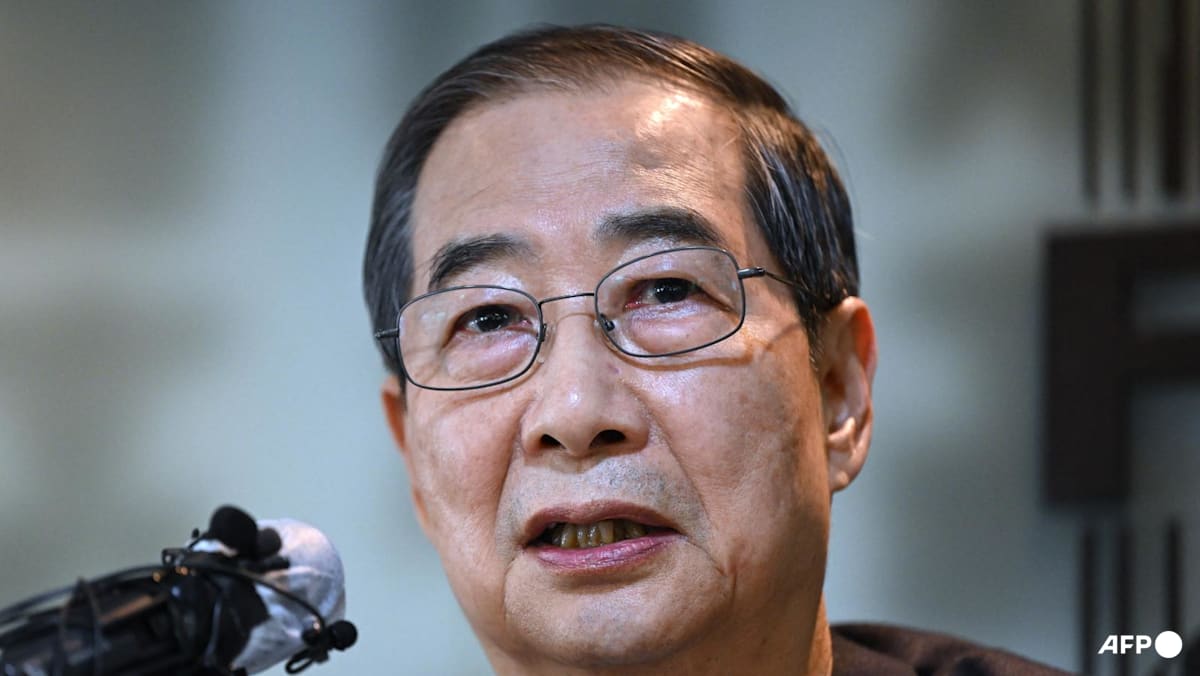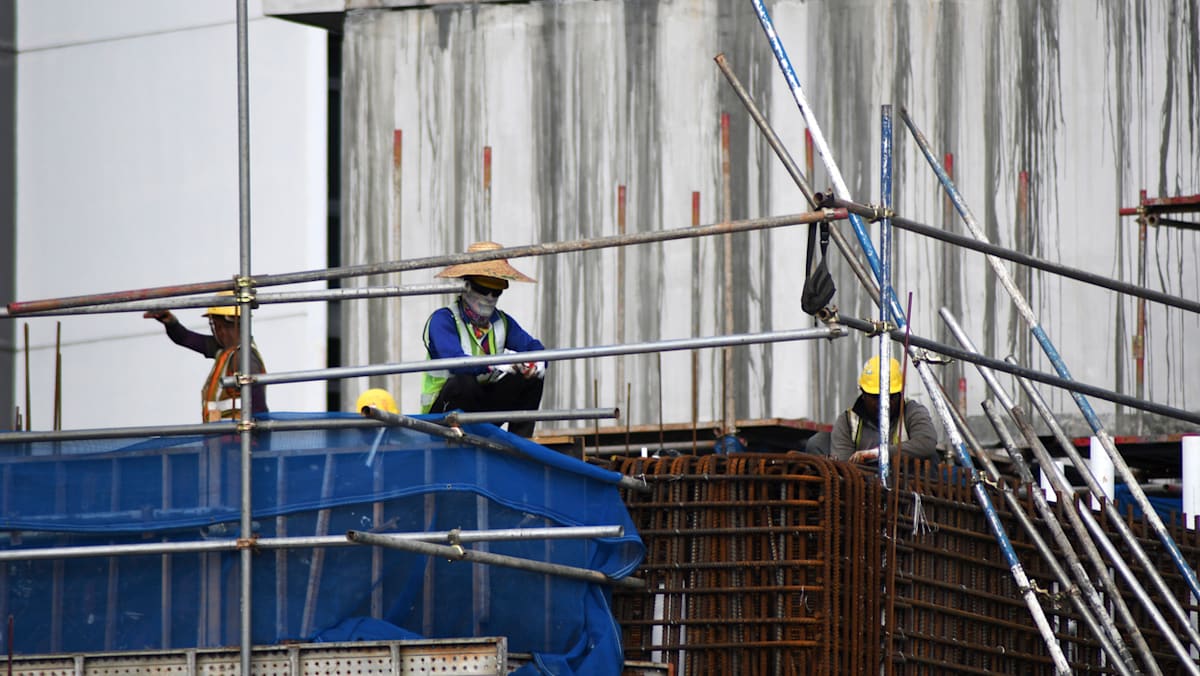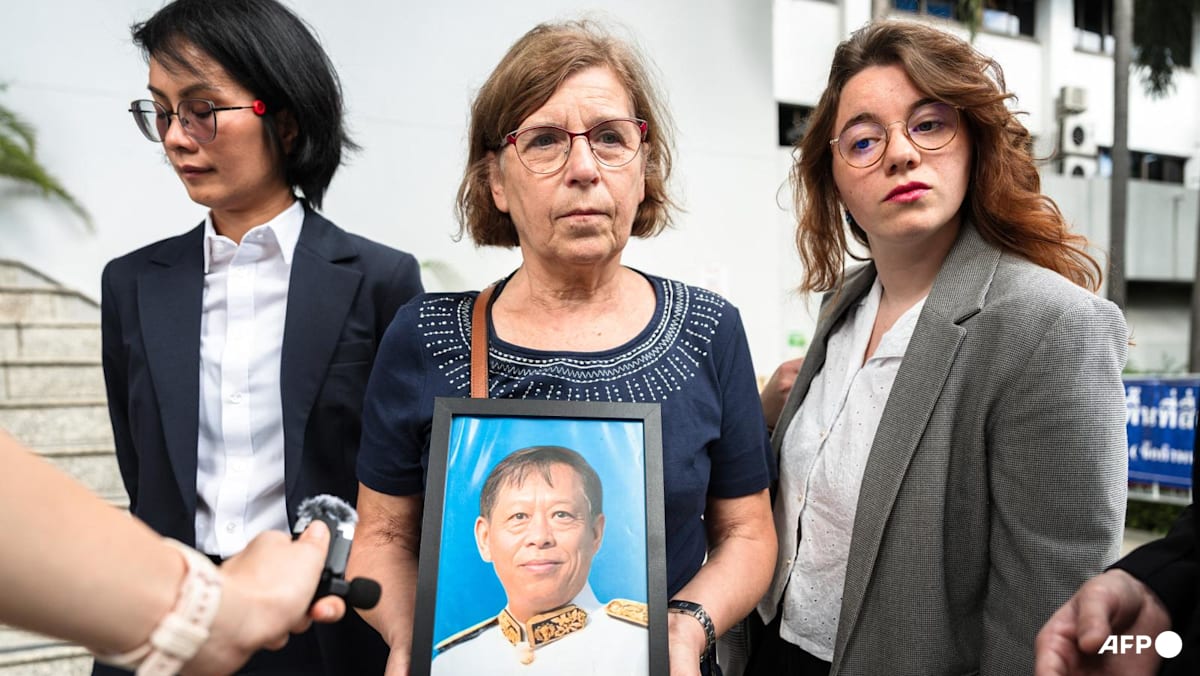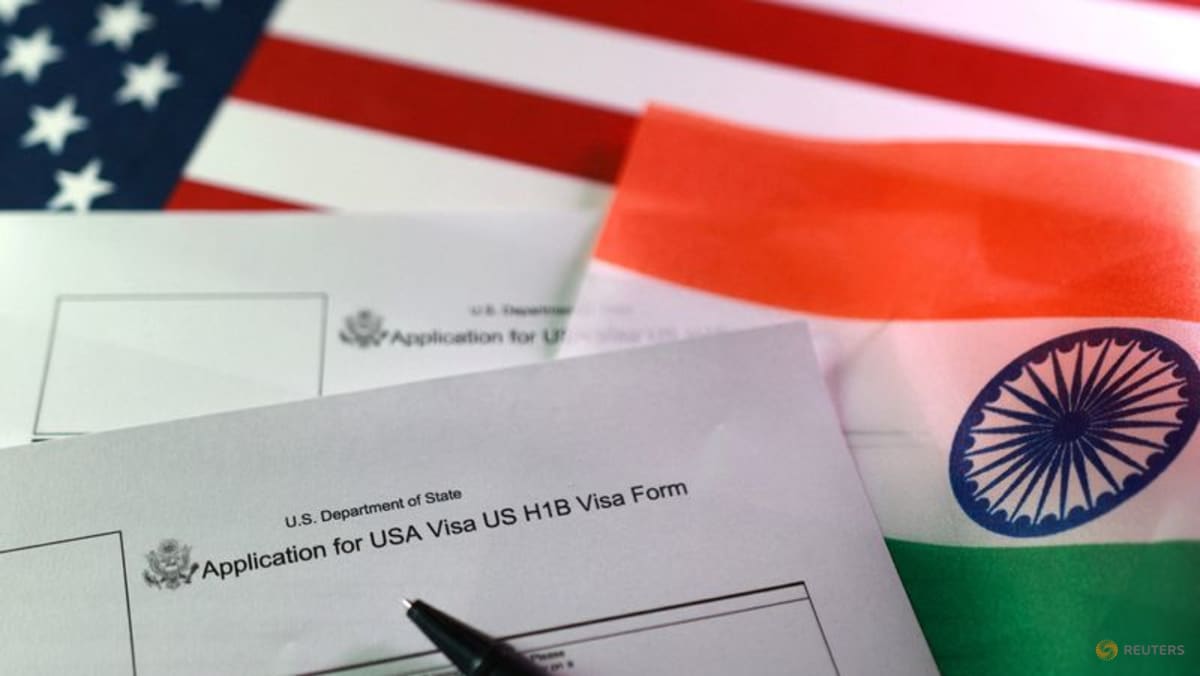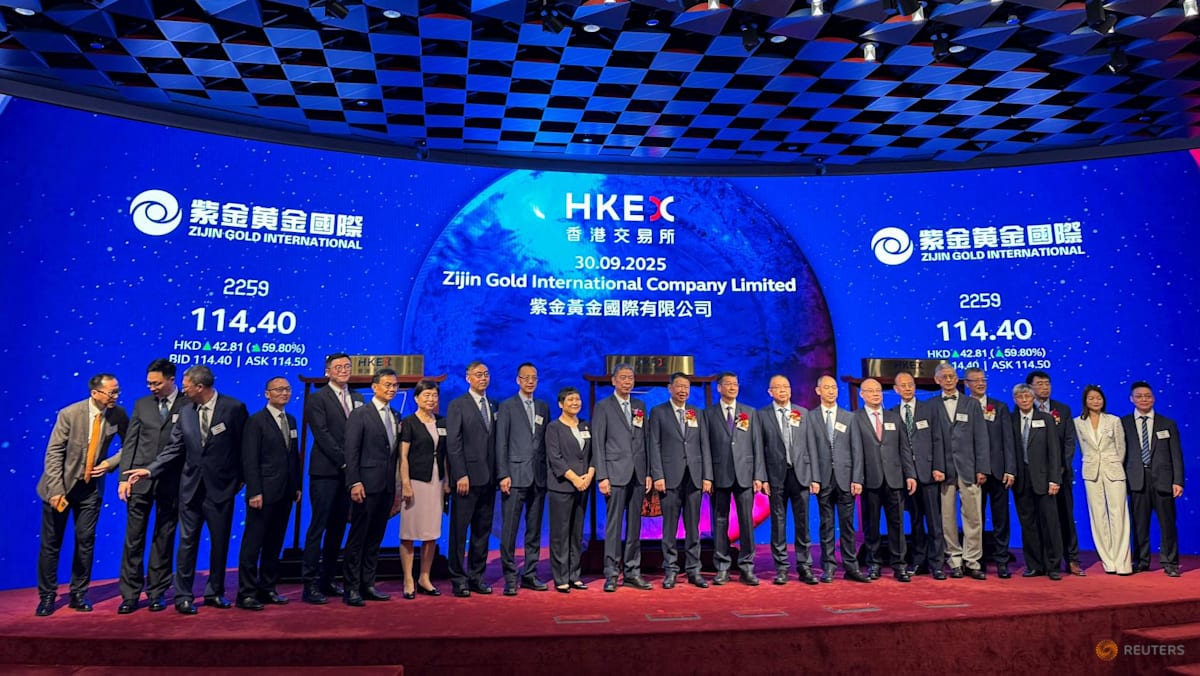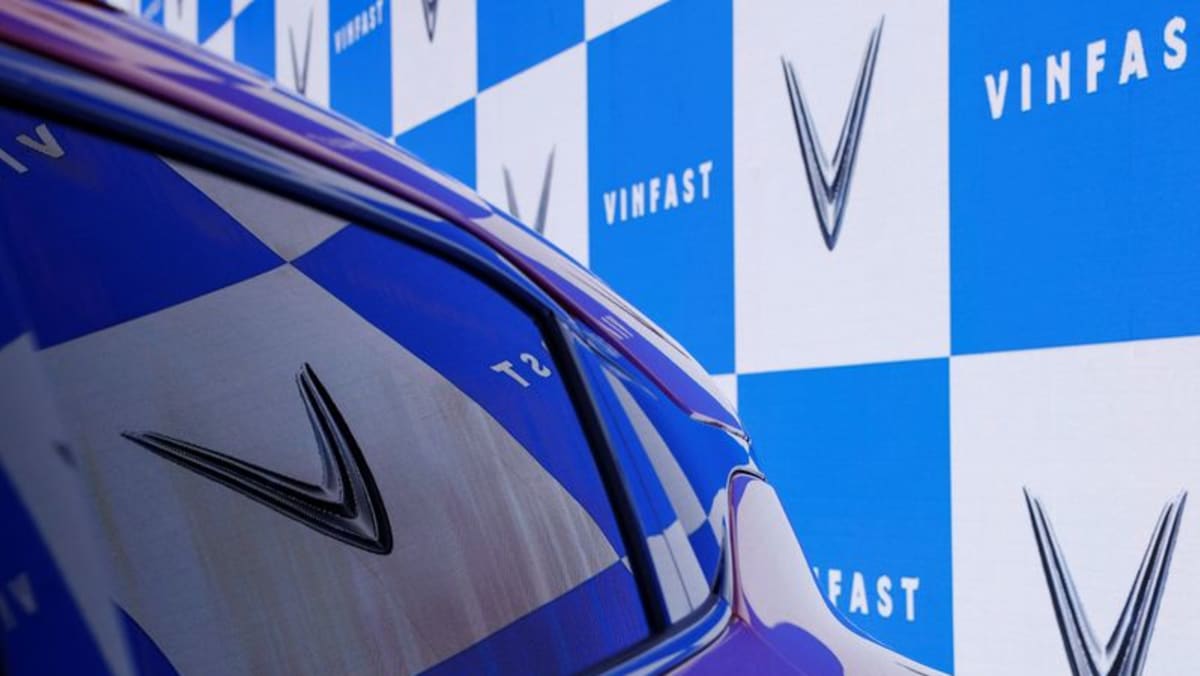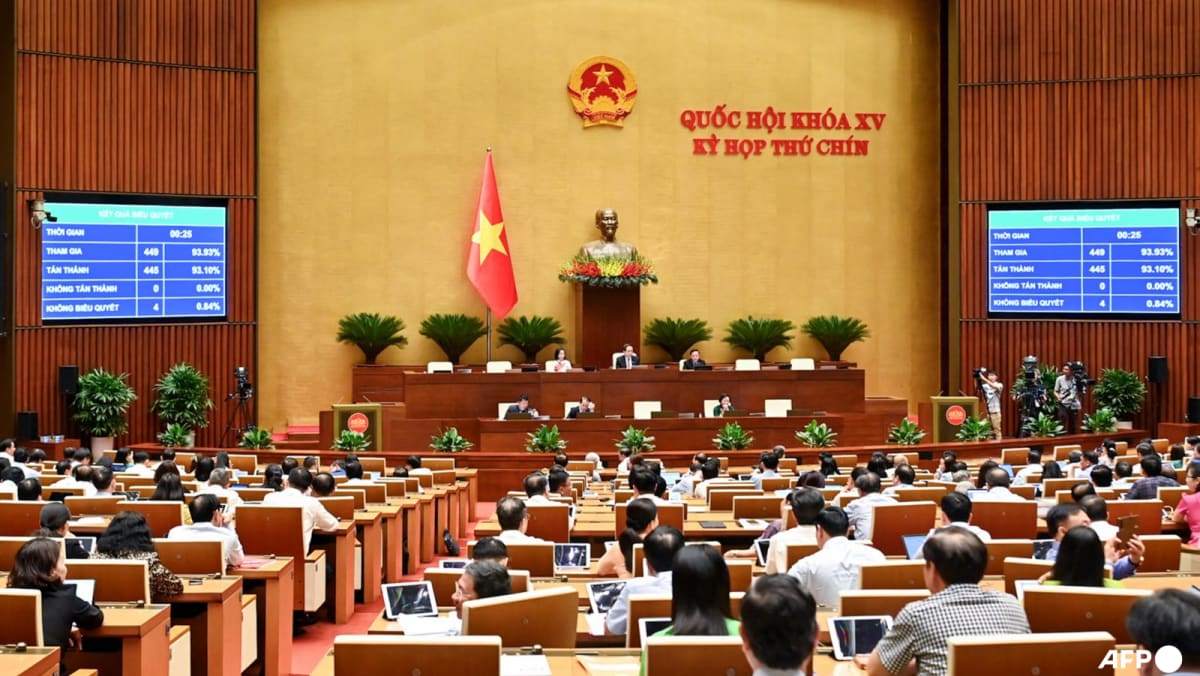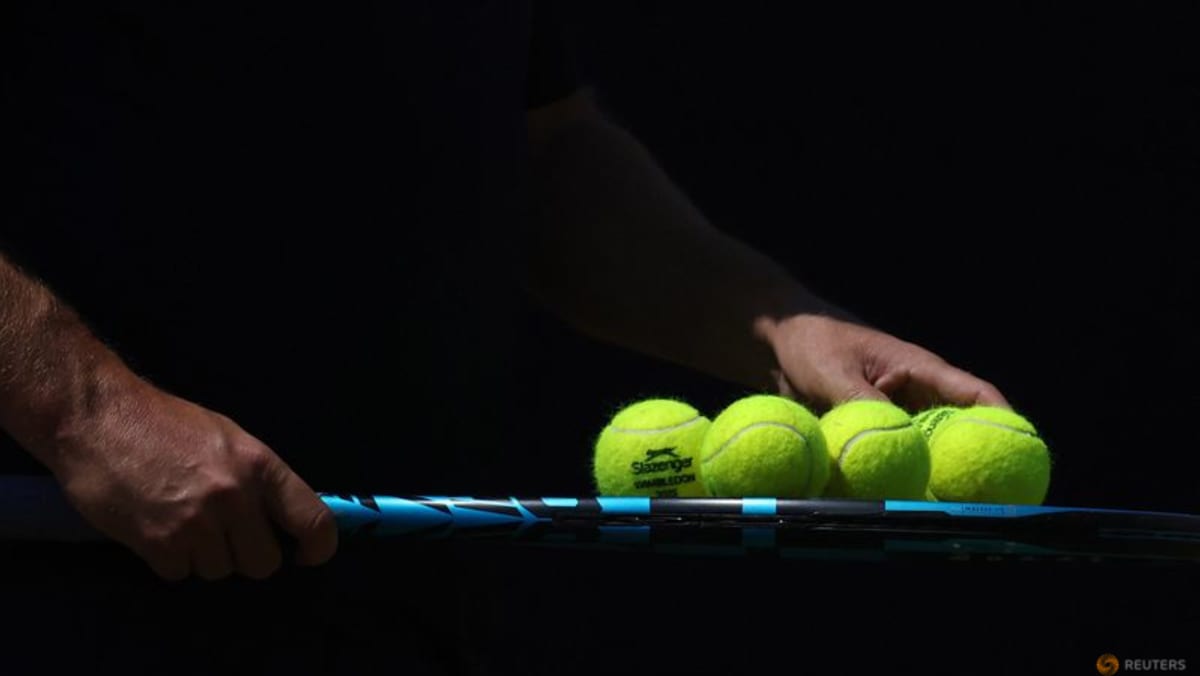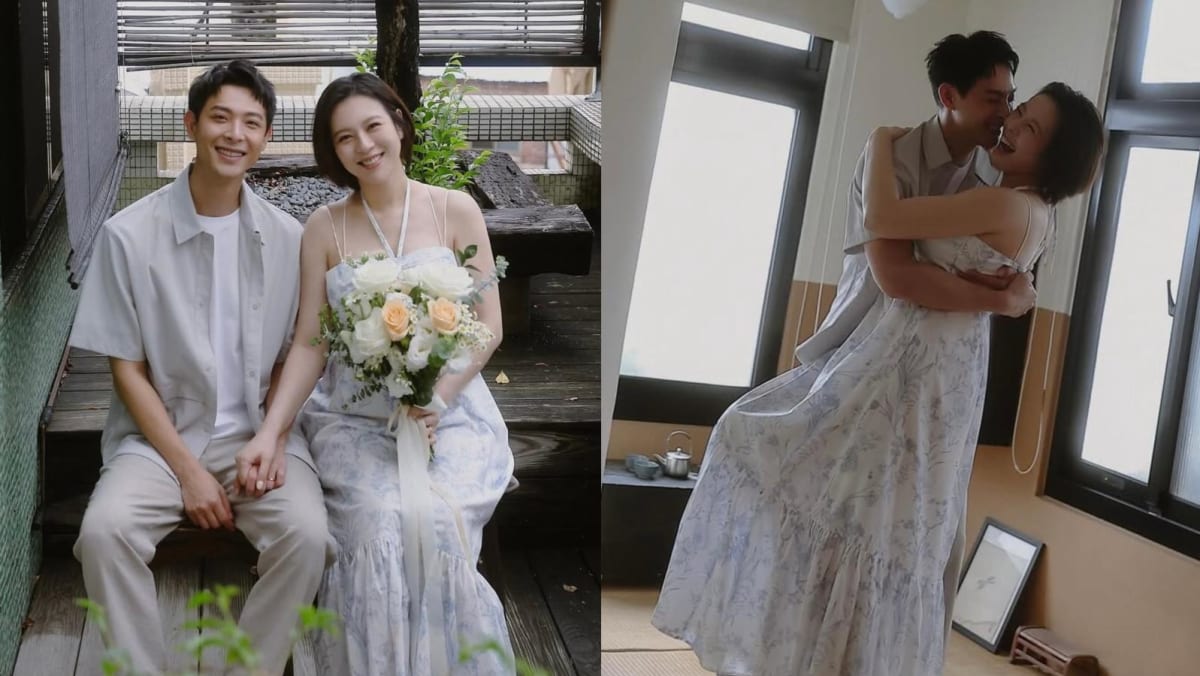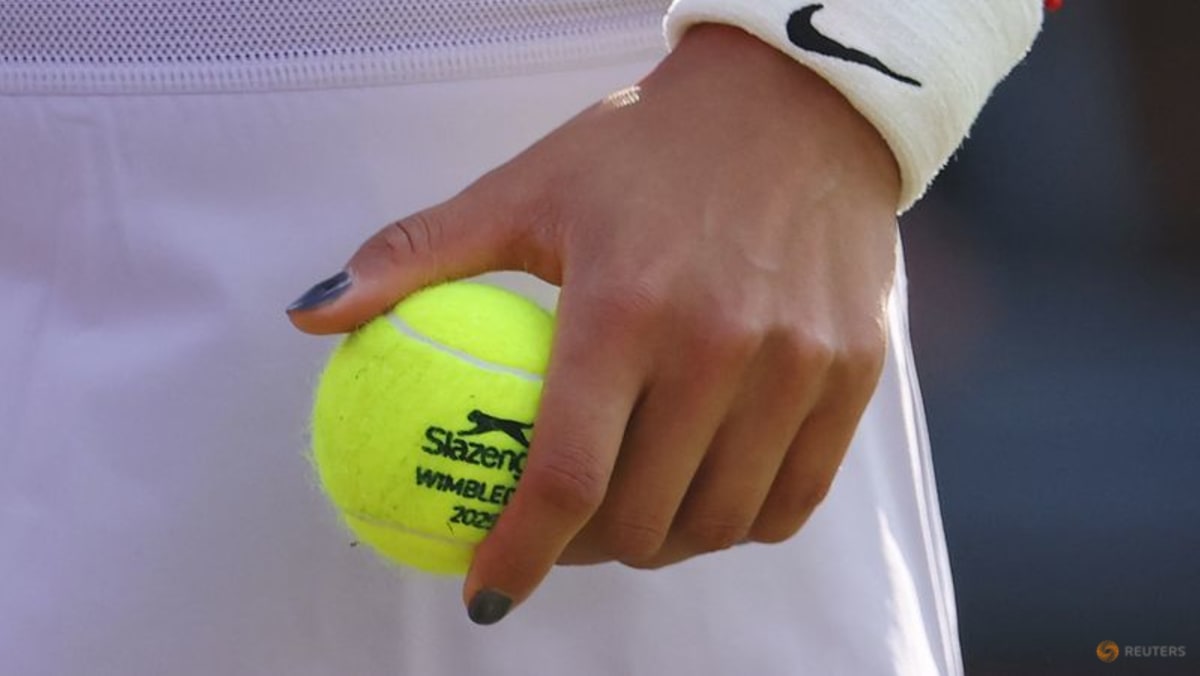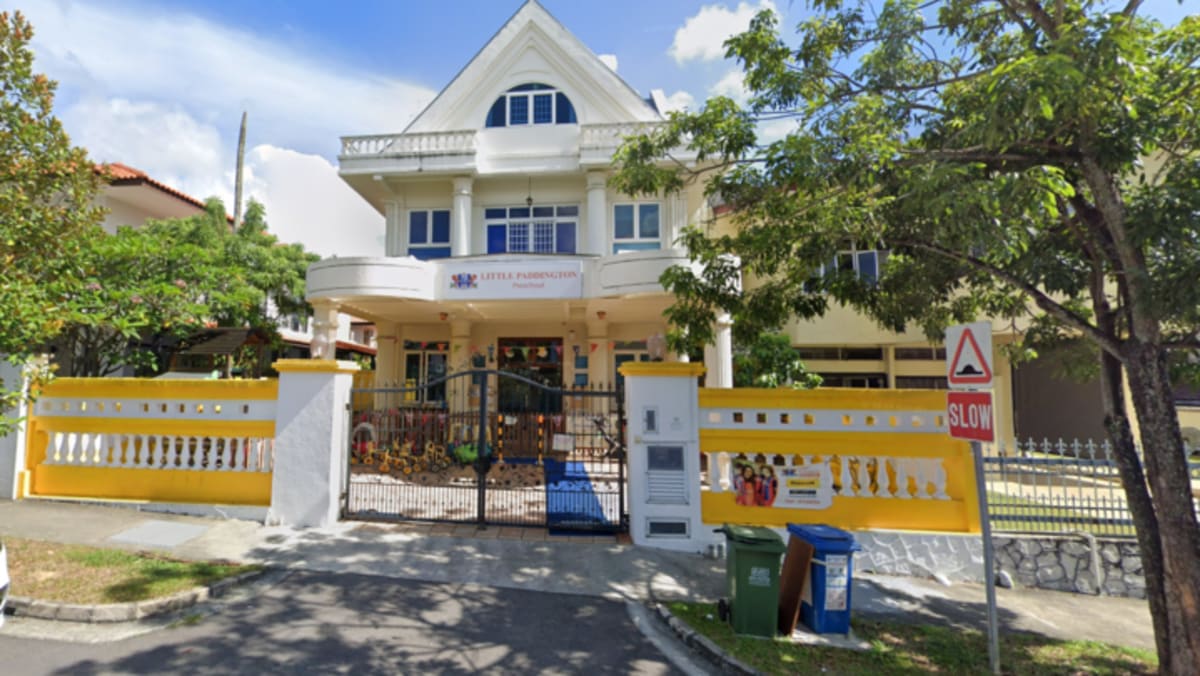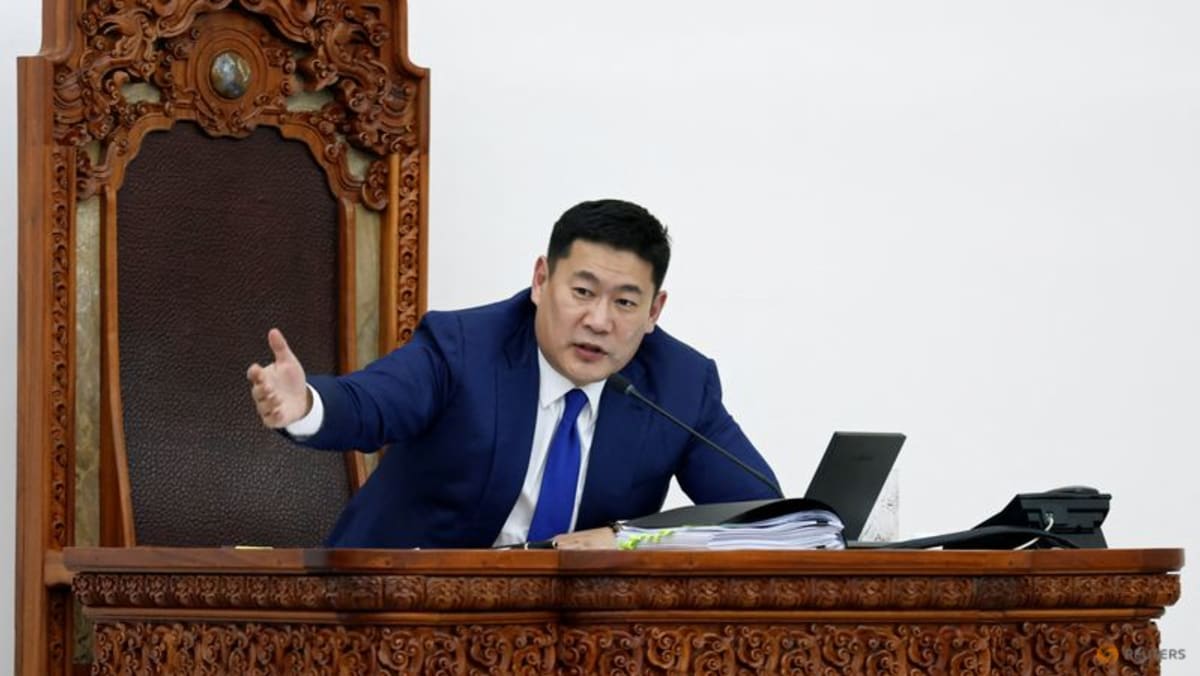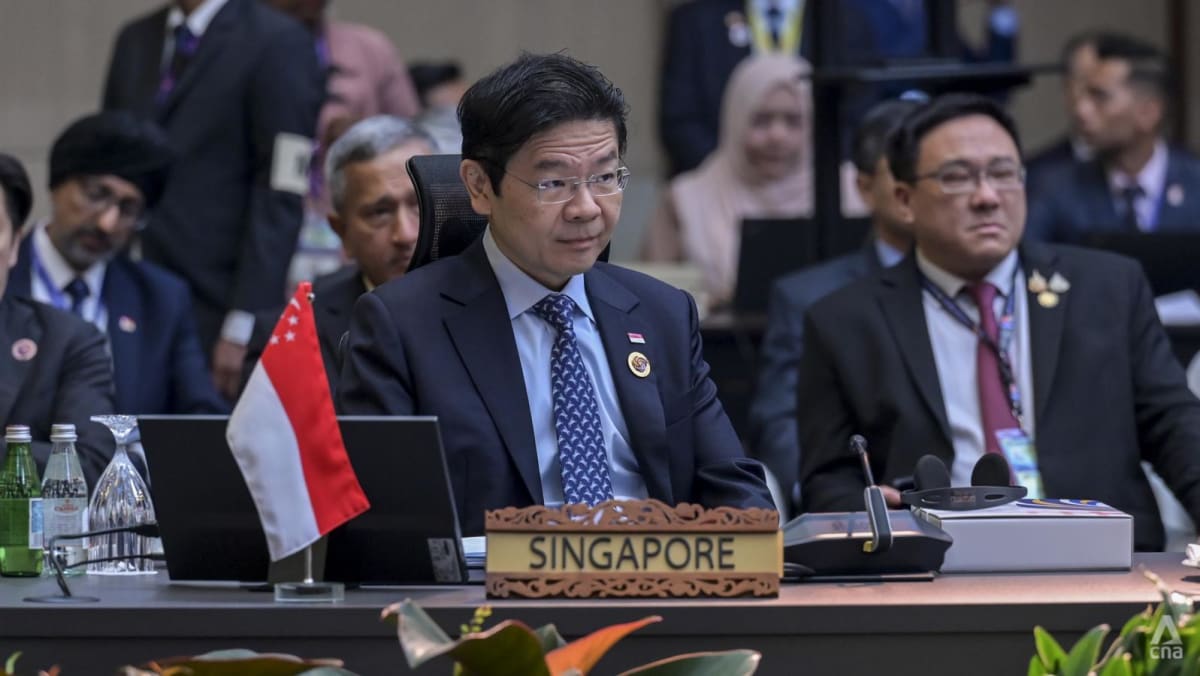Industry players have expressed concerns about whether enough young Singaporeans are entering the trade to keep the craft alive in the country.
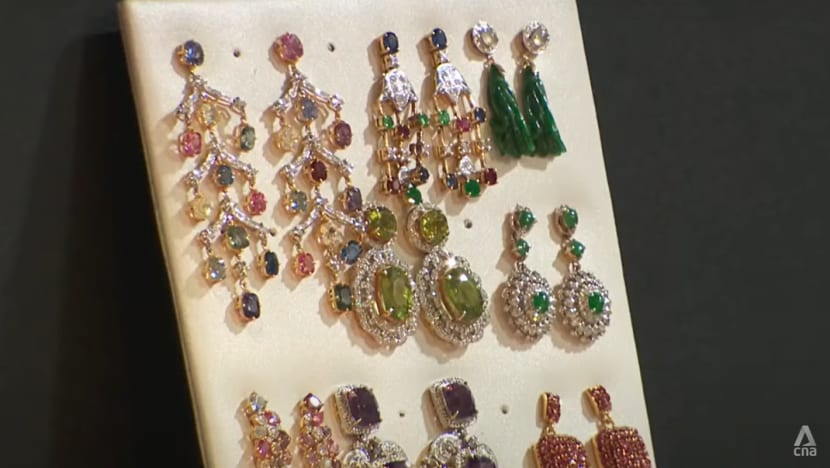
Jewellery on display at the Singapore International Jewellery Expo.
New: You can now listen to articles.

This audio is generated by an AI tool.
SINGAPORE: With Singapore’s jewellery market projected to grow over the next five years, industry players are voicing worries about a shrinking pool of local craftsmen.
Concerns have also emerged about whether enough young Singaporeans are entering the trade to keep the craft alive, amid current economic uncertainties.
"You would find a good number of Singaporeans interested in this trade. However, I don't feel a good amount will pursue this trade beyond that interest group. To make a living doing craftsmanship is a long and tedious journey,” said Mr Ronald Low, a second-generation gemologist at his home-grown and family-run bespoke jeweller Ivy Masterpiece.
“It's many years of apprenticeship; many years of getting proficient before showcasing your talents in a finished piece of fine jewellery.”
This comes as the 20th edition of the annual Singapore International Jewellery Expo kicked off on Thursday (Jul 10) at the Marina Bay Sands’ Sands Expo & Convention Centre.
The expo, which will run until Sunday, brings together 414 brands from 26 countries with treasures collectively valued at more than US$250 million.
Its organiser IEG Asia expects 15,000 trade and individual buyers – up from 14,000 visitors last year.
According to Statista, Singapore’s jewellery market is expected to grow about 5 per cent annually from 2025 to 2030.
MOSTLY OLDER CRAFTSMEN
Ms Tanja Sadow, dean and founder of the Jewellery Design & Management International School in Singapore, said most of its students are in their 30s and 40s, following their passion after pursuing more conventional careers.
She noted that the school does not target younger students as their parents often say they want them to “do something that’s going to be beneficial for them first”.
“If a youngster today wanted to do jewellery … a lot of parents say, ‘No, be a lawyer, be a dentist, be a doctor, make money first’,” Ms Sadow added.
“We are coming from a different viewpoint. We are training people who have a passion for it and who really want to do it, and I think that does make a difference.”
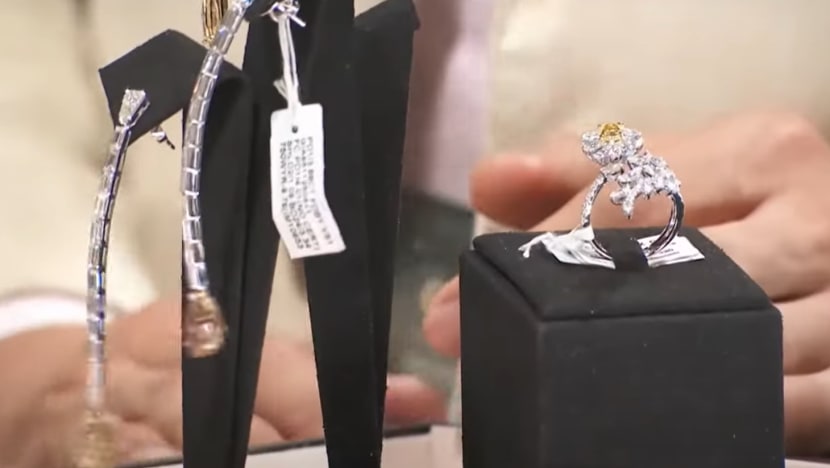 Jewellery on display at the Singapore International Jewellery Expo.
Jewellery on display at the Singapore International Jewellery Expo.
Mr Low said a key challenge in attracting Singaporeans to the trade is that very few people are interested in making fine jewellery. Additionally, there is no properly structured training programme available for them to take up.
Training is important as the barriers to entry are low, he said, adding that materials are not expensive to procure. Information on how to make jewellery is widely available online as well.
“However, once you've learned (the basics), the skill to implement is another game altogether, right? It's those 10,000 man hours that you need to be able to make yourself proficient in the craft before actually finishing up a beautiful piece of jewellery,” he added.
Mr Low described this process as “a lot of trial and error”.
“A lot of people these days - the younger generation, myself included - maybe are not exposed to that if they do not have a jewellery kind of background or some sort of relation to jewellery,” he noted.
“When you go to the top levels of the craft, it does take years and years, maybe 10, 20 years, to be amazingly proficient at what you're doing.”
MORE FUNDING NEEDED
Ms Sadow said that at her school, students are taught the whole process – from the gems to manufacturing and setting jewellery, as well as understanding new technologies and how artificial intelligence can play a part.
She added that having government funding would help people get into the trade.
Mr Low said Singapore will “never fall short” of having quality craftsmen that can match others in the region, but other places like Malaysia will always have more due to their larger populations.
Nevertheless, Mr Ho Nai Chuen, president of the Singapore Jewellers’ Association, said Singapore is in a “very good position” compared to other countries in Southeast Asia, due to the low tariff rate of 10 per cent imposed by the United States.
The rate is the lowest among the Association of Southeast Asian (ASEAN) nations, which face tariffs of up to 40 per cent. These rates will kick in on Aug 1 unless countries reach a deal with the US.
“Singapore is facing a very challenging environment, especially uncertainty (in) geopolitical situations and so on,” Mr Ho said.
“But I'm quite hopeful that with … government agencies to assist the trade, partner with Jewellers’ Association and agencies like SkillsFuture and education institutes, I'm sure we can have a very bright future.”




